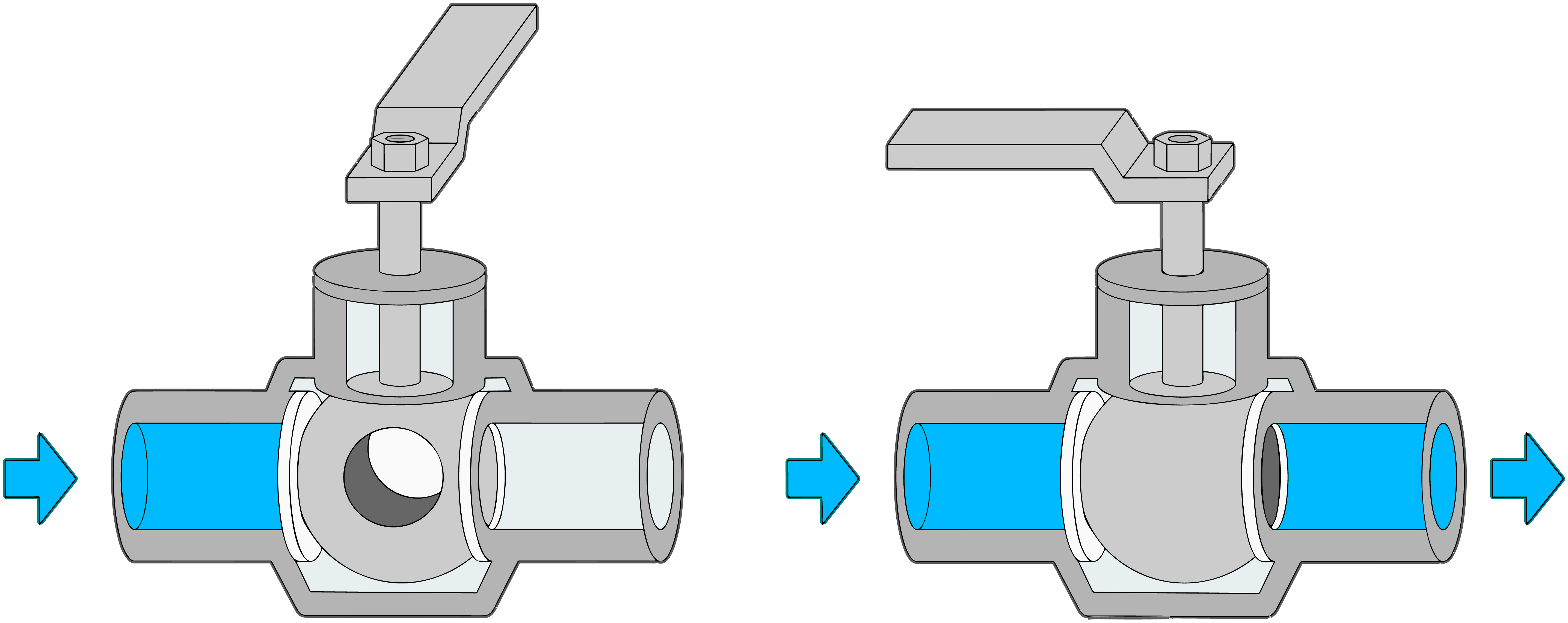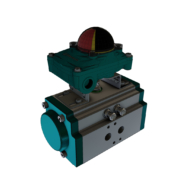Pneumatic actuators are key parts in many industries. They help move valves and other equipment smoothly and reliably. However, sometimes these actuators can have problems that need fixing. This guide will help you figure out what to do when things go wrong.
COMMON PROBLEMS AND HOW TO FIX THEM :
- No Movement:
- What Could Be Wrong: Low air pressure, blocked air lines, or bad solenoid valves.
- What to Do: Check the air pressure, clear any blocked air lines, and look at the solenoid valves to see if they’re working right.
- Slow or Choppy Movement:
- What Could Be Wrong: Air leaks, restricted air flow, or not enough lubrication.
- What to Do: Look for air leaks, make sure air can flow freely, and add lubricant where needed.
- Sticking Parts:
- What Could Be Wrong: Dirt or rust on the inside parts, or they’re not aligned right.
- What to Do: Take the actuator apart and clean it, then make sure all the parts are aligned correctly.
- Too Much Noise or Shaking:
- What Could Be Wrong: Loose parts, worn-out components, or unstable air pressure.
- What to Do: Tighten any loose parts, look for and replace any worn-out components, and make sure the air pressure is stable.
- Unsteady Positioning:
- What Could Be Wrong: Needs recalibration, worn-out seals, or broken feedback systems.
- What to Do: Recalibrate the actuator, replace any worn-out seals, and check the feedback systems for any damage.
- Air Leaks:
- What Could Be Wrong: Broken seals, loose connections, or cracks in the casing.
- What to Do: Replace the seals, tighten any loose connections, and look for cracks in the casing.
- Doesn’t React to Controls:
- What Could Be Wrong: Problems with the control signals or control valves.
- What to Do: Check the control signals and connections, and make sure the control valves are working properly.
- Getting Too Hot:
- What Could Be Wrong: Running non-stop, too hot surroundings, or bad cooling.
- What to Do: Let the actuator rest, keep the area cool, and make sure it has good ventilation.
KEEPING ACTUATORS IN GOOD SHAPE :
To prevent problems, you should:
- Regularly check for air leaks or damage.
- Keep the actuator and nearby area clean.
- Use lubricant as recommended.
- Make sure it’s calibrated right.
- Keep an eye on the air pressure.
WHEN TO GET HELP :
If you can’t fix the problem yourself or you’re not sure what’s wrong, get help from experts. Trying to fix complex issues without knowing what you’re doing can make things worse.
CONCLUSION :
Fixing problems in pneumatic actuators is all about knowing what to look for and how to solve it. Regular checks and preventive care can stop problems before they start. This helps your actuator work better and last longer.
You can read the care instructions for our product for a better understanding Convalve pneumatic actuator user manual


